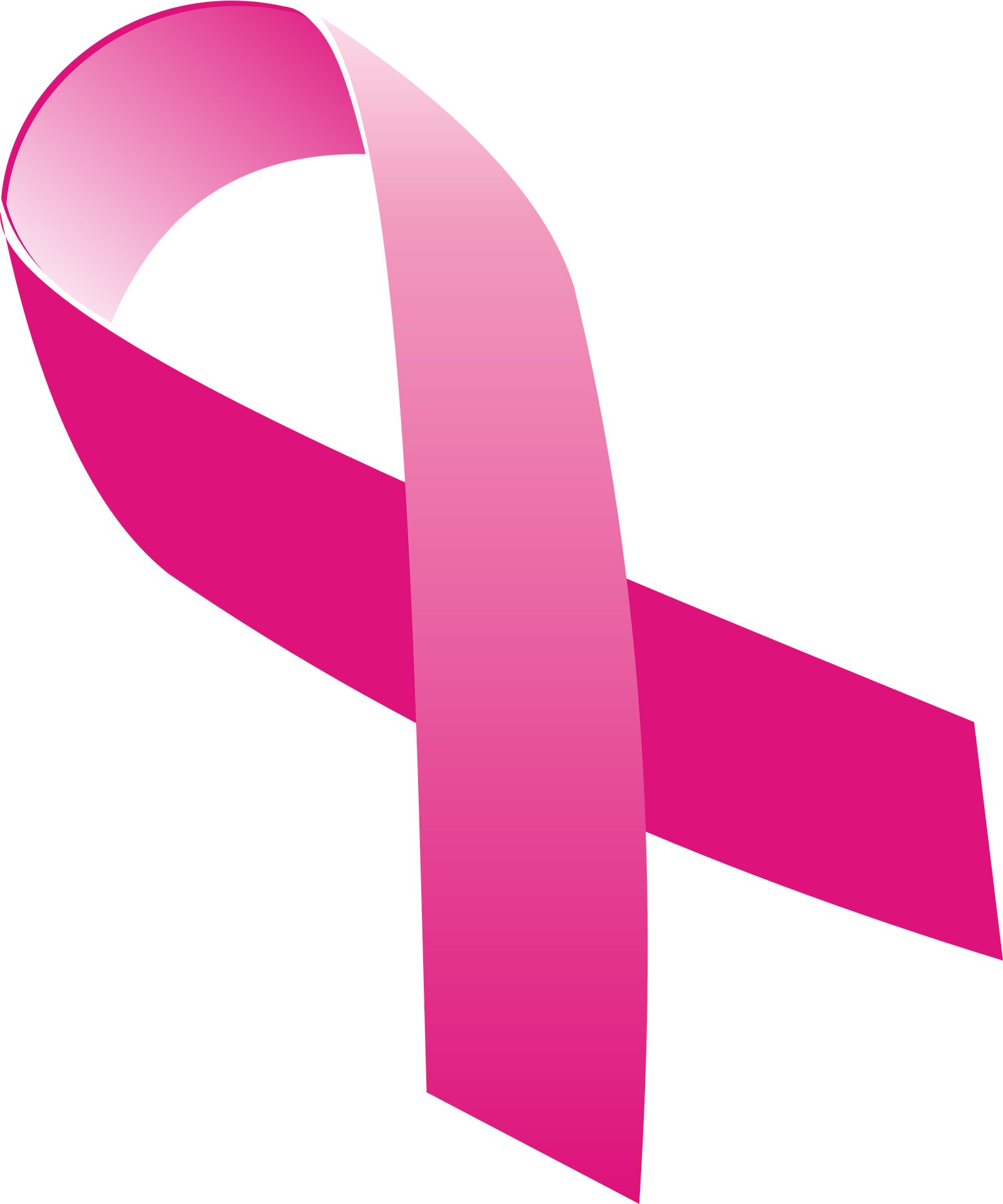#Urine-based liquid biopsy test outperforms urine cytology in detecting bladder cancer

“#Urine-based liquid biopsy test outperforms urine cytology in detecting bladder cancer”

Analysis of DNA copy number variants (CNVs) in the cells exfoliated in urine showed better sensitivity and similar specificity in detecting urothelial carcinoma compared with urine cytology, according to results published in Clinical Cancer Research, a journal of the American Association for Cancer Research.
“Urine cytology, which is widely used to screen for bladder cancer, has high specificity but lacks sensitivity, especially for low-grade cancers,” said Chuan-Liang Xu, MD, Ph.D., urologist at Changhai Hospital in Shanghai. “Cystoscopy, while more accurate than cytology, is an invasive procedure with added costs and potential complications for the patient,” he added. “Therefore, an inexpensive, non-invasive test for the detection and monitoring of bladder cancer is an unmet clinical need.”
“The DNA isolated from urine exfoliated cells, a complex cell mixture that potentially includes tumor cells shed from the lining of the bladder, can provide clues to the presence of bladder cancer,” said Jia-Tao Ji, MD, Ph.D., urologist at Shanghai Hudong Hospital. “Because CNVs are a hallmark of many cancers, we developed an assay to detect CNV burden in the DNA from urine exfoliated cells.”
The assay, called UroCAD, begins with a urine sample. Following urine sedimentation and DNA extraction, the sample is analyzed using low-coverage whole-genome sequencing (LC-WGS). Because the assay relies on the detection of overall CNV burden, and not on the identification of specific genetic alterations, this cost-effective sequencing method is an ideal technique for sample analysis, noted Xu.
The researchers used samples from patients enrolled in an observational clinical trial in Shanghai that is evaluating the UroCAD assay. A total of 190 patients (126 with urothelial carcinoma, 64 without cancer) participated in the discovery phase; no significant CNV burden was detected in those without cancer. The researchers then developed a diagnostic model which incorporated all autosomal chromosomal changes in urine exfoliated cells. In the discovery cohort, UroCAD identified urothelial carcinoma with a sensitivity and specificity of 82.5 percent and 96.9 percent, respectively.
The UroCAD assay was then evaluated in a validation cohort comprising 95 patients (56 with urothelial carcinoma, 39 without cancer). When compared with urine cytology, the researchers found that UroCAD had significantly higher sensitivity (80.4 percent versus 33.9 percent) and comparable specificity (94.9 percent versus 100 percent) for the detection of urothelial carcinoma. Further, in the seven patients whose low-grade tumors were confined to the epithelial layer of the bladder (pTa tumors), UroCAD had a sensitivity of 71.4 percent, while urine cytology had a sensitivity of 0 percent.
The sensitivity of UroCAD corresponded with tumor grade, as it could detect low-grade and high-grade urothelial carcinoma with a sensitivity of 60 percent and 86.6 percent, respectively. Further, the sensitivity of the test correlated with tumor size; the sensitivity of detection for tumors of 1 cm or less, tumors between 1 and 3 cm, and tumors greater than 3 cm was 66.7 percent, 72 percent, and 95.5 percent, respectively.
“The relatively lower sensitivity of UroCAD for the detection of lower grade or smaller tumors is not unexpected, as these tumors are less likely to have abundant chromosomal alterations,” said Xu. “Ultimately, we believe that our assay could help to reduce the frequency of cystoscopy examination, but not to replace it.”
“For patients with hematuria or who have suspected urothelial carcinoma, UroCAD is a promising way to replace cytology and to reduce repeated cystoscopy examinations,” Ji said. The use of UroCAD for the surveillance of urothelial carcinoma is currently being evaluated in a clinical trial.
The detection of CNV burden was correlated with the amount of epithelial cells present, suggesting that a lack of sufficient exfoliated cells may limit the assay, Xu noted.
Non-invasive test can detect urothelial cancer
Clinical Cancer Research (2020). DOI: 10.1158/1078-0432.CCR-20-0401
Citation:
Urine-based liquid biopsy test outperforms urine cytology in detecting bladder cancer (2020, October 9)
retrieved 9 October 2020
from https://medicalxpress.com/news/2020-10-urine-based-liquid-biopsy-outperforms-urine.html
This document is subject to copyright. Apart from any fair dealing for the purpose of private study or research, no
part may be reproduced without the written permission. The content is provided for information purposes only.
For forums sites go to Forum.BuradaBiliyorum.Com
If you want to read more Like this articles, you can visit our Science category.



